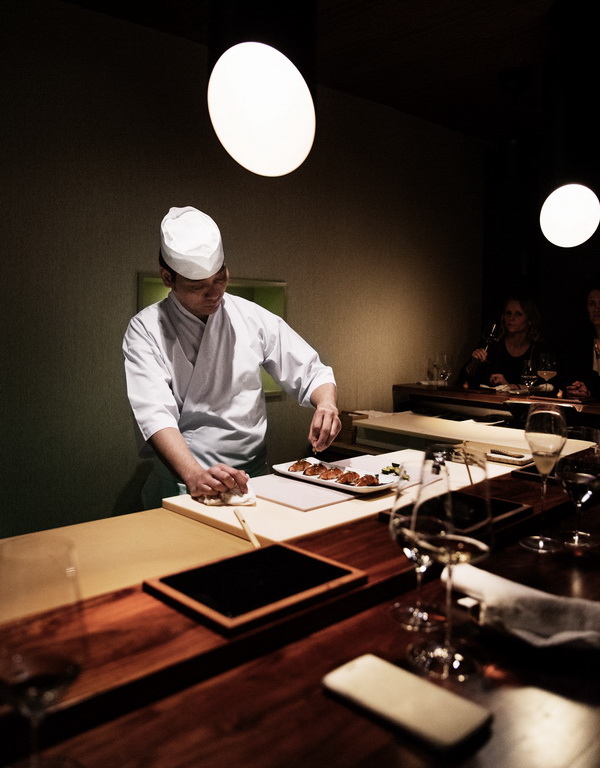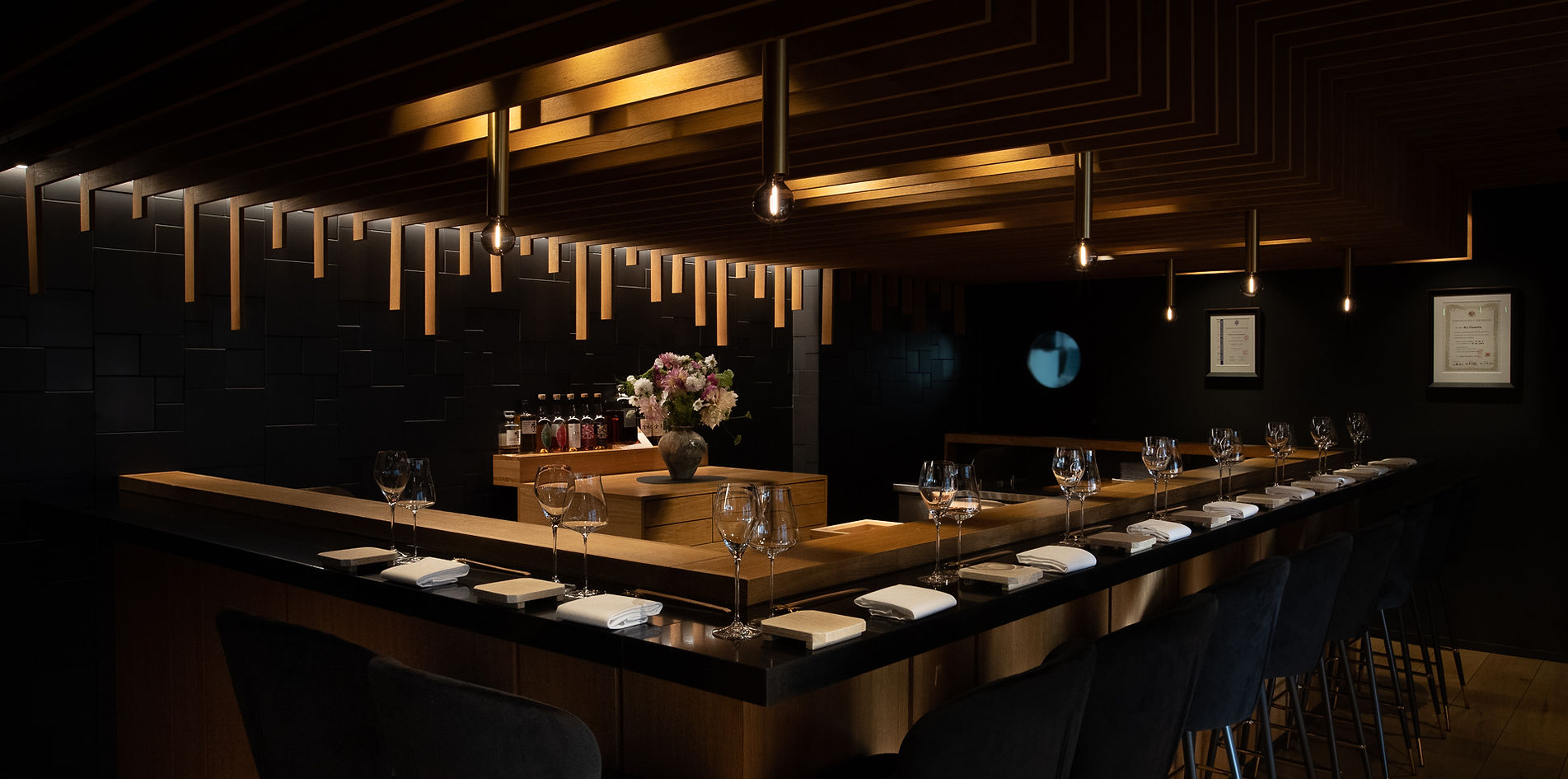Recommended sushi restaurants in Norway
Characteristics of Norway’s Cuisine
The Kingdom of Norway, Woven with Fjords and Auroras
Located within the Arctic Circle, Norway occupies the western part of the Scandinavian Peninsula, making it a Nordic kingdom. About 70% of the country’s land is mountainous, with deep inlets called “fjords” carved by glaciers adorning the coastline. Its magnificent natural landscapes attract tourists worldwide, especially the fjord cruises which are very popular.
The capital, Oslo, is a vibrant city where modern architecture blends with historical streetscapes. It houses cultural facilities such as the Munch Museum, which holds Munch’s famous work “The Scream,” and the Viking Ship Museum.
With a relatively small population of about 5.3 million, the standard of living for its citizens is high. The country boasts comprehensive social welfare systems and actively promotes gender equality and environmental conservation.
Norway offers the natural beauty of the auroras in winter and the midnight sun in summer, each season presenting a different aspect of nature. With its rich nature and culture, along with a high standard of living, Norway can indeed be called the “last paradise on earth.”
From the Ice Age to an Independent State, Norway Inherits the Blood of the Vikings
After the Ice Age, around the 4th century BC, the North Germanic Norse people settled in Norway. Known as Vikings, from the 8th to the 11th century, they sailed across Europe, engaging in trade, exploration, and sometimes plundering.
In the late 10th century, Harald I unified Norway, establishing a monarchy. Later, it was under a personal union with Denmark in the 14th century and Sweden in the 19th century but achieved independence in 1905.
Occupied by Germany during World War II, Norway later recovered and became wealthy due to the development of North Sea oil fields.
Inheriting the Vikings’ bravery, a strong will for independence, and a culture of coexistence with nature, Norway will continue to play an important role in the international community.
Norway’s Food Culture, Nurtured in Harsh Natural Conditions
The cuisine has developed around preserved foods, seafood, and game.
Preserved Foods
To prepare for the long winters, meats are dried or salted, and seafood is preserved as salted, pickled, or dried. Typical preserved foods include “lutefisk,” dried salted cod, and “pinnekjøtt,” salted lamb ribs.
Seafood
Fresh salmon, herring, and cod from the North Sea are common on Norwegian tables. Salmon is served as sashimi or smoked, herring is pickled or marinated, and cod is prepared dried or fried, among other methods.
Game
Meat from reindeer, moose, and deer hunted in the mountains is also a key ingredient. These meats are processed into stews or sausages.
Others
Potatoes, bread, and berries are also commonly consumed. Cowberry jam, in particular, is a standard accompaniment to meat dishes.
Norwegian cuisine is simple and rustic, yet rich in flavors woven from nature’s bounty and tradition.
Fusing Traditional Preservation Techniques with Japanese Sushi Skills
In Norway, there has long been a tradition of preserving fish such as herring and salmon through salting and pickling. This has laid the foundation for the current sushi culture in Norway.
With the popularity of Japanese cuisine, authentic sushi restaurants are on the rise, and sushi using local fish such as salmon and cod is popular. New styles of sushi that blend traditional preservation techniques with Japanese sushi skills are also emerging.
Norway’s sushi culture is uniquely characterized by the fusion of tradition and innovation. The combination of fresh seafood and Japanese techniques is expanding the enjoyment of a new food culture.
The Bounties of Norway, Birthed by the Fjords
Known for its beautiful natural landscapes of deep inlets called fjords and majestic mountains, Norway offers a variety of unique local products nurtured by these natural blessings.
Seafood
Norway is famous as the birthplace of salmon farming. Norwegian salmon, grown in cold seas, is fatty and firm, enjoyed in dishes like sashimi and carpaccio. Other seafood, including cod and herring, is plentiful, with dried cod and smoked herring being popular preserved foods.
Mountain Delicacies
In its vast forests, Norway produces game meats like reindeer and moose, known for their low-fat, rich flavors. Jams and liqueurs made from berries grown in Norwegian forests are also popular.
Traditional Crafts
Norway has many traditional crafts, including the distinctive national costume, the bunad, and wood carving. These crafts are not only great souvenirs but also make excellent interior decorations.
Other Products
Norway is among the world’s leading cheese producers. The goat’s milk brown cheese, with its unique flavor, is a representative Norwegian cheese.
Thus, Norway offers many products that utilize its natural blessings. On your travels, why not look for unique Norwegian specialties to take home as souvenirs?



